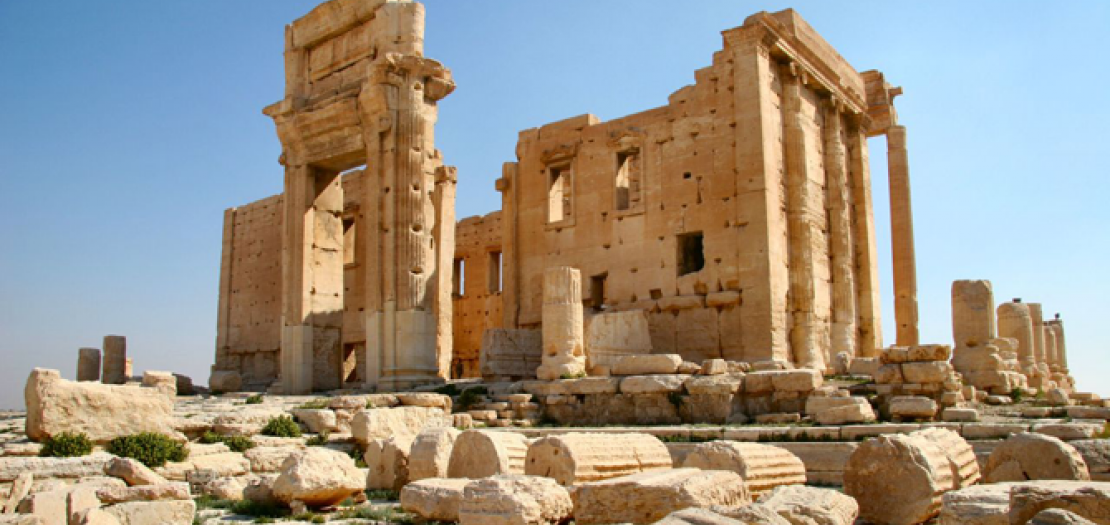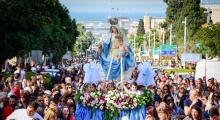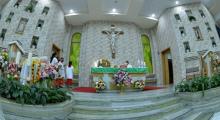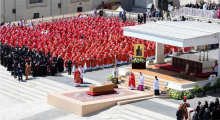Issued by the Catholic Center for Studies and Media - Jordan. Editor-in-chief Fr. Rif'at Bader - موقع أبونا abouna.org

Islamic State militants are reported to have destroyed, on Sunday August 23 a temple at Syria's ancient ruins of Palmyra realizing the worst fears archaeologists had for the 2,000-year-old Roman-era city after the extremists seized it and beheaded a local scholar.
Palmyra, one of the Middle East's most spectacular archaeological sites and a UNESCO World Heritage site, sits near the modern Syrian city of the same name. Activists said the militants used explosives to blow up the Baal Shamin Temple on its grounds. The blast was so powerful that it also damaged some of the Roman columns around it.
The fate of the nearby Temple of Bel, dedicated to the Semitic god Bel, was not immediately known. The Sunni extremists, who have imposed a violent interpretation of Islamic law across their self-declared "caliphate" in territory they control in Syria and Iraq, claim ancient relics promote idolatry and say they are destroying them as part of their purge of paganism. However, they are also believed to sell off looted antiquities, bringing in significant sums of cash.
The Baal Shamin Temple is about 500 meters from the Palmyra's famous amphitheater where the group killed more than 20 Syrian soldiers after they captured the historic town in May.
The temple dates to the first century and is dedicated to the Phoenician god of storms and fertilizing rains.
The head of UNESCO, Irina Bokova, said Friday, August 21, that Islamic State extremists in Syria and Iraq are engaged in the "most brutal, systematic" destruction of ancient sites since World War II -- a stark warning that came hours after militants demolished the St. Elian Monastery, which housed a fifth-century tomb and served as a major pilgrimage site. The monastery was in the town of Qaryatain in central Syria.
News of the temples destruction comes after relatives and witnesses said that Khaled al-Asaad, an 81-year-old antiquities scholar who devoted his life to understanding Palmyra, was beheaded by Islamic State militants, his bloodied body hung on a pole. He even had named his daughter after Zenobia, the queen that ruled from the city 1,700 years ago.







